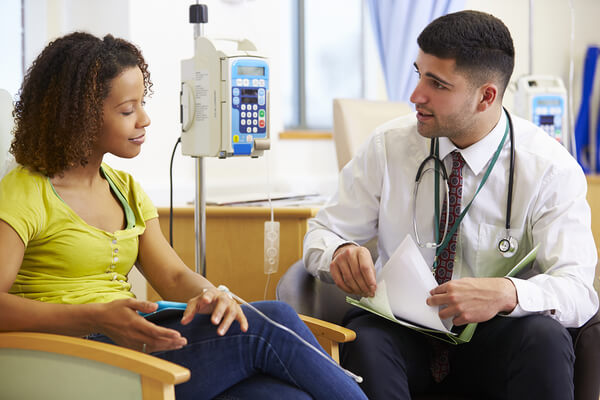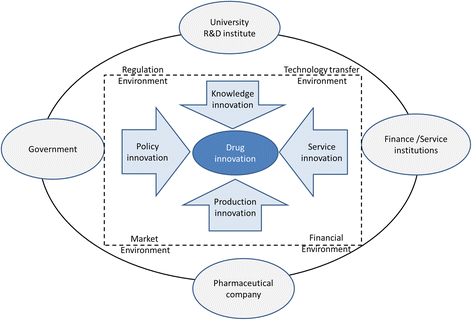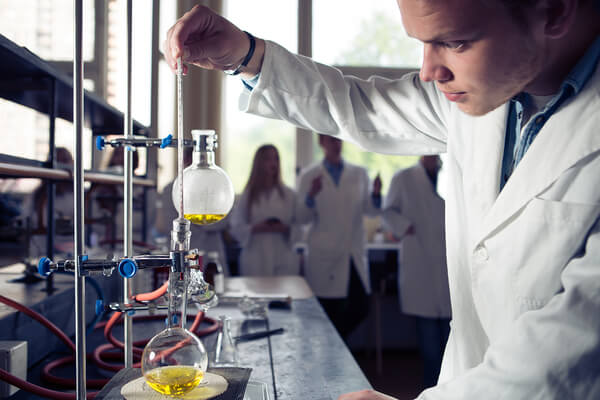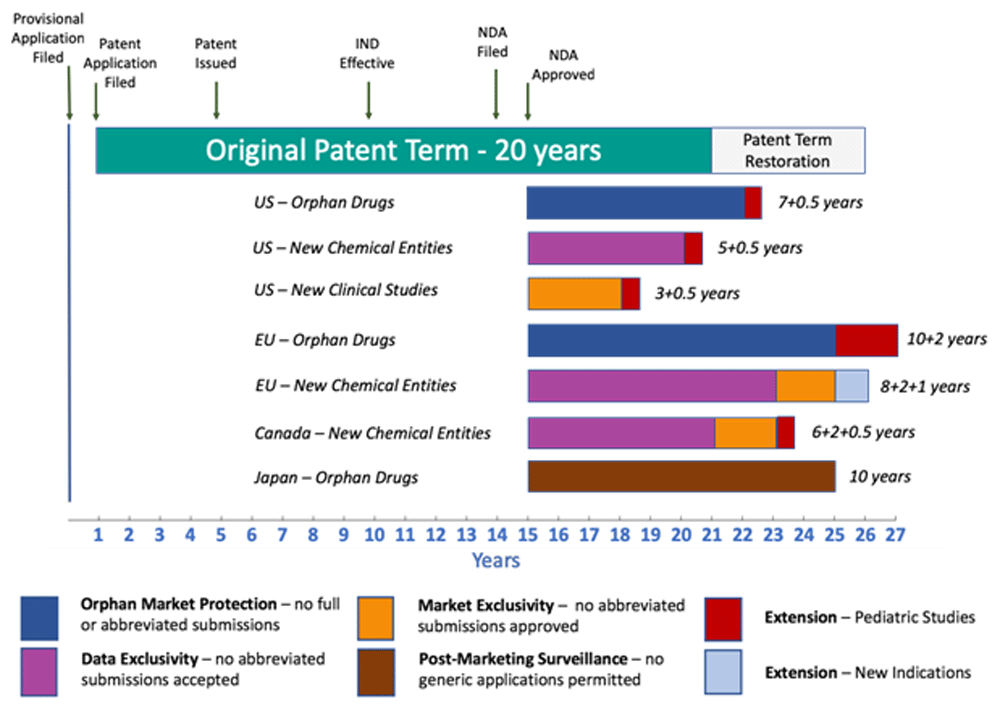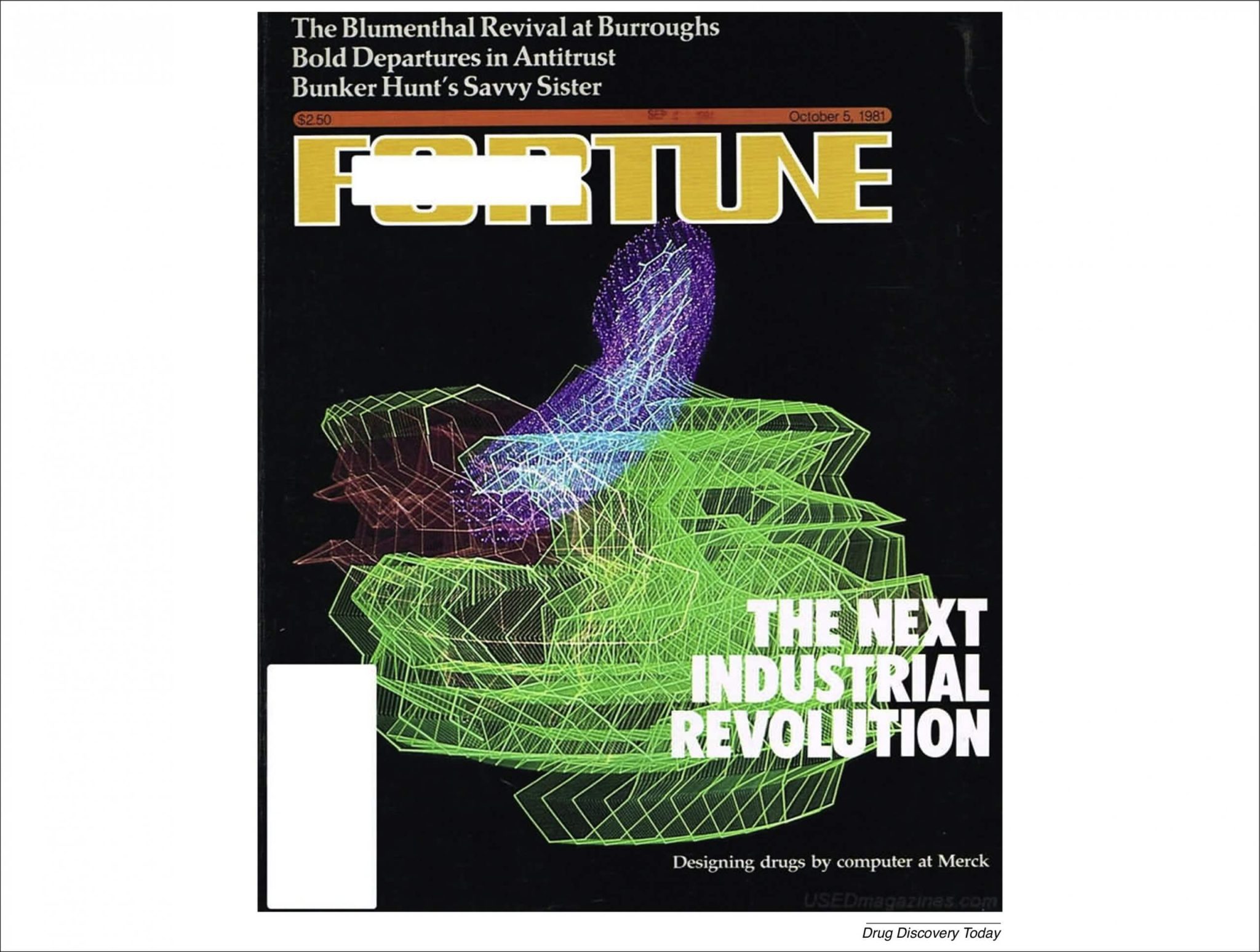The Russian pharmaceutical industry stands at a critical juncture, balancing domestic production ambitions with global geopolitical and economic pressures. Valued at approximately RUB 2.9 trillion in 2022, the market is segmented into retail pharmacy chains, e-commerce, and public procurement systems, with foreign and domestic companies vying for dominance[1][12]. Despite sanctions and the withdrawal of Western firms, Russia has intensified efforts to localize drug production, targeting 90% domestic manufacturing of vital medicines by 2025[10]. This report analyzes the market’s structure, key players, innovation strategies, and challenges, projecting a base-case growth to RUB 4.5 trillion by 2030[1].
Market Structure and Dynamics
Dual Segments Driving Growth
The Russian pharmaceutical market is bifurcated into retail pharmacy/e-commerce and public procurement, which collectively accounted for RUB 2.3 trillion in 2021[1]. Retail channels dominate volume, while public procurement focuses on subsidized medicines for hospitals. However, the latter’s reliance on foreign drugs—particularly in oncology and rare diseases—has exposed vulnerabilities, prompting a state-led push for import substitution[1][10]. By 2025, domestic products are projected to constitute 72.8% of hospital procurements[4], though imported drugs still hold 66% of the market by value[11].
Sanctions and Strategic Shifts
Western sanctions post-2022 disrupted clinical trials and halted investments from “unfriendly” countries, which previously controlled over 25% of the market[1]. This exodus risks a shortage of 300 innovative therapies over the next decade[1], compelling Russia to prioritize self-reliance. The Pharma 2030 strategy aims to localize active pharmaceutical ingredients (APIs), boost R&D spending, and align regulatory standards with “friendly” nations to facilitate exports[12].
Key Domestic Players
Pharmasyntez: Leading the Charge
Pharmasyntez exemplifies Russia’s domestic ambitions. Operating five GMP-compliant factories, the company produces over 300 drugs, including 60 APIs, with a focus on antitubercular, oncology, and antiretroviral therapies[4]. Its annual output exceeds 87 million packs, and it allocates RUB 500 million annually to R&D, targeting innovative molecules for autoimmune diseases and cancer[4][17]. Notably, Pharmasyntez’s hospital drugs constitute 72.8% of public procurements, underscoring its strategic role in import substitution[4].
R-Pharm and Skolkovo Innovations
R-Pharm, another major player, developed Russia’s first biosimilar for cystic fibrosis and a next-gen hepatitis C protease inhibitor[13]. Meanwhile, the Skolkovo Foundation collaborates with AstraZeneca to nurture startups like Moltech, which pioneers kinase inhibitors for osteoarthritis[14]. Such partnerships aim to bridge the innovation gap, though only 2% of Russia’s clinical trials involve domestic firms[1].
Foreign Entities Adapting to Sanctions
Despite sanctions, foreign firms like Bayer (4% market share) and Novartis retain influence through localized production[8][9]. However, their withdrawal from R&D has created opportunities for domestic companies to fill gaps in oncology and advanced therapies[7].
Innovation and Advanced Therapies
The Push for ATMPs
Russia’s Advanced Therapy Medicinal Products (ATMPs) market, though nascent, is a priority under Pharma 2030. Gene therapies, cell therapies, and biomedical cellular products are focal areas, with the government mandating pharmacogenetic testing to personalize treatments[12][16]. Startups like Generium (developer of the dornase alfa biosimilar) and Moltech symbolize this shift, though regulatory hurdles and funding gaps persist[13][14].
Skolkovo-AstraZeneca Accelerator
A 2022 accelerator program selected six biomed startups, including Moltech, to develop treatments for autoimmune diseases and cancer[14]. Such initiatives aim to commercialize research from institutions like the Skolkovo Institute of Science and Technology, yet scaling remains a challenge due to limited venture capital[7][14].
Government-Led R&D Initiatives
State investments in Pharma 2030 target a 50% reduction in API imports by 2030, requiring RUB 175–225 billion, with 80% from private sectors[12]. Projects include bioprinting, quantum computing for drug modeling, and mRNA vaccine platforms[12]. However, Russia’s R&D expenditure—3–11 times lower than Western nations—limits breakthroughs[1][11].
Challenges and Barriers
Dependency on Foreign APIs
Despite producing 5,000+ generics, Russia imports 80% of APIs, particularly for oncology and antibiotics[10][12]. Localizing API production is hindered by outdated infrastructure and a lack of specialized chemical plants[6]. The 2025 target for 90% domestic vital drugs hinges on reversing this dependency[10].
Sanctions and Brain Drain
Sanctions have frozen joint ventures and restricted access to Western technologies, exacerbating a talent exodus[7][12]. Over 1,300 clinical trials led by Western firms were suspended, delaying drug approvals and eroding trust in Russia’s regulatory framework[1][7].
Regulatory and Quality Gaps
While Russia mandates GMP compliance, aligning with international standards remains incomplete[12]. A 2024 policy prioritizes domestically produced drugs in public tenders, but quality concerns persist, with only 3% of locally developed drugs passing preclinical trials[1][11].
Future Outlook and Strategic Recommendations
Growth Projections
Under a base-case scenario, the market could reach RUB 4.5 trillion by 2030 (5.7% CAGR), driven by ATMPs and export-oriented production[1][12]. Conversely, a downside scenario (3.9% CAGR) foresees a shift to low-cost generics if foreign firms exit entirely[1].
Critical Success Factors
- API Localization: Invest in chemical parks for oncology and antibiotic APIs, leveraging tax incentives[12].
- Public-Private Partnerships: Expand accelerators like Skolkovo-AstraZeneca to attract global pharma expertise[14].
- Regulatory Harmonization: Adopt ICH guidelines to ease exports to ASEAN and BRICS markets[12].
- Digital Health Integration: Accelerate e-prescriptions and AI-driven pharmacovigilance systems to reduce costs[12].
Risks and Mitigations
A failure to innovate could cement Russia’s role as a generics producer, dependent on Chinese and Indian APIs. Counterstrategies include tripling R&D budgets and fostering academic-commercial collaborations, as seen in Pharmasyntez’s partnership with the Russian Cancer Research Center[4][15].
Conclusion
Russia’s pharmaceutical industry is navigating a complex landscape of sanctions, innovation deficits, and strategic realignments. While domestic players like Pharmasyntez and R-Pharm demonstrate potential, achieving Pharma 2030’s goals demands unprecedented investments in R&D, regulatory modernization, and global partnerships. The next decade will determine whether Russia transitions from a generics hub to a leader in advanced therapies—or remains constrained by geopolitical and economic headwinds.
“Innovation is the new thing that increases the efficiency of processes and provides what the market wants: treating patients with severe, previously incurable diseases.” — Vadim Merkulov, Russian Ministry of Health[3].
References
- https://yakovpartners.com/publications/russian-pharma-2030/
- https://www.insights10.com/report/russia-pharmaceutical-market-analysis/
- https://forumspb.com/en/news/news/sozdanie-innovatsionnyh-lekarstv-novye-gorizonty-v-zdravoohranenii/
- https://pharmasyntez.com/en/about/
- https://www.statista.com/statistics/1127319/pharmaceutical-market-value-russia/
- https://www.pharma-iq.com/manufacturing/whitepapers/profile-pharmaceutical-manufacturing-industry-russia
- https://www.pharmaceutical-technology.com/analyst-comment/russian-pharma-private-entities/
- https://www.statista.com/statistics/1296828/pharmaceutical-producers-russia-by-market-share/
- https://www.globaldata.com/store/report/russia-healthcare-regulatory-and-reimbursement-analysis/
- https://www.thepharmaletter.com/russia-deepening-localization-in-domestic-pharma-market
- https://www.mir-nayka.com/jour/article/view/799?locale=en_US
- https://yakovpartners.com/upload/iblock/075/20lya591qcob13judpfox7nszg7223n8/russian_pharma_2030.pdf
- https://www.pharmamanufacturing.com/coronavirus-updates/article/11297096/global-dose-focus-on-russia
- https://sk.ru/news/six-biomed-startups-selected-to-take-part-in-astrazenecaskolkovo-accelerator/
- https://www.chemistryworld.com/news/russian-investment-vehicle-sets-sights-on-innovative-drugs/6008.article
- https://www.insights10.com/report/russia-advanced-therapy-medicinal-products-atmps-market-analysis/
- https://en.chemrar.ru/andrey-ivashchenko-russian-pharmaceutical-companies-has-the-competence-to-create-and-produce-its-own-innovative-medicines/
- http://actanaturae.ru/2075-8251/article/download/10742/488








